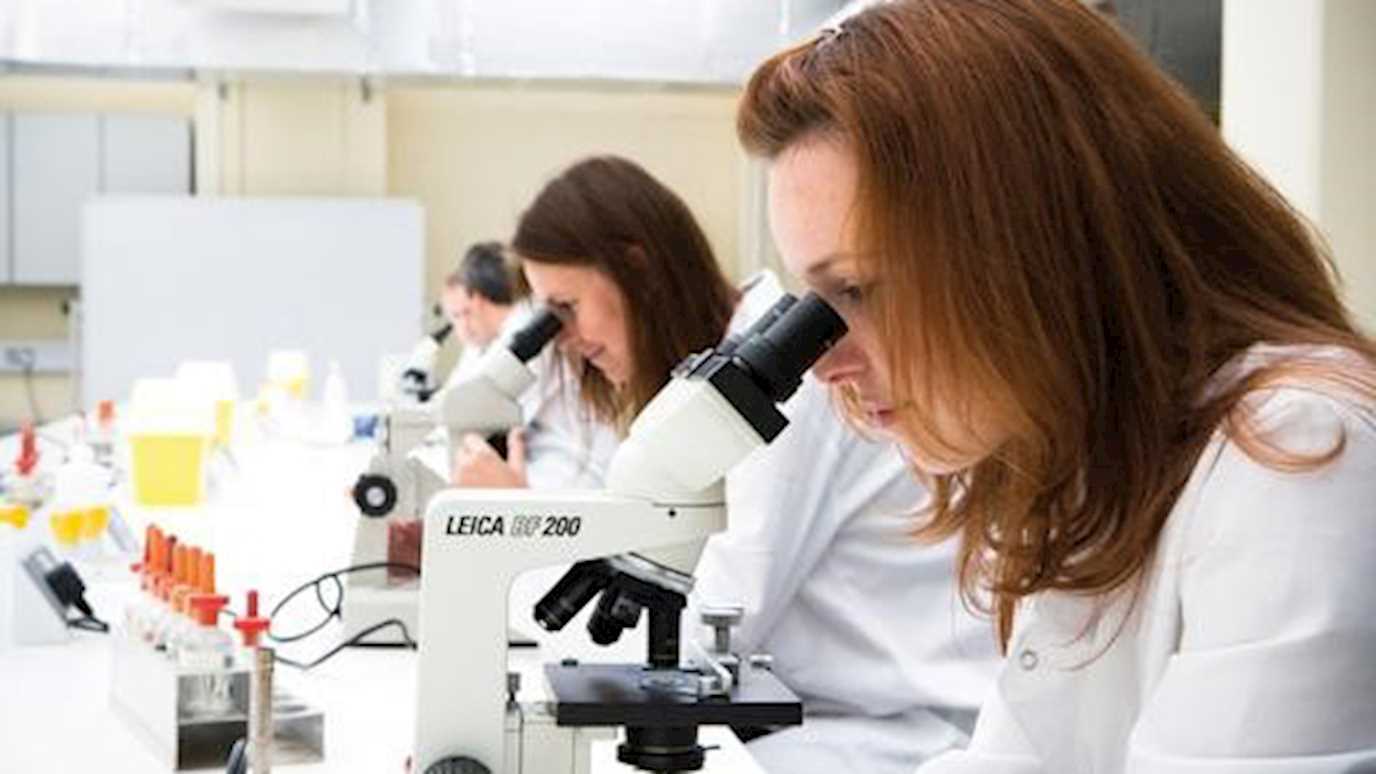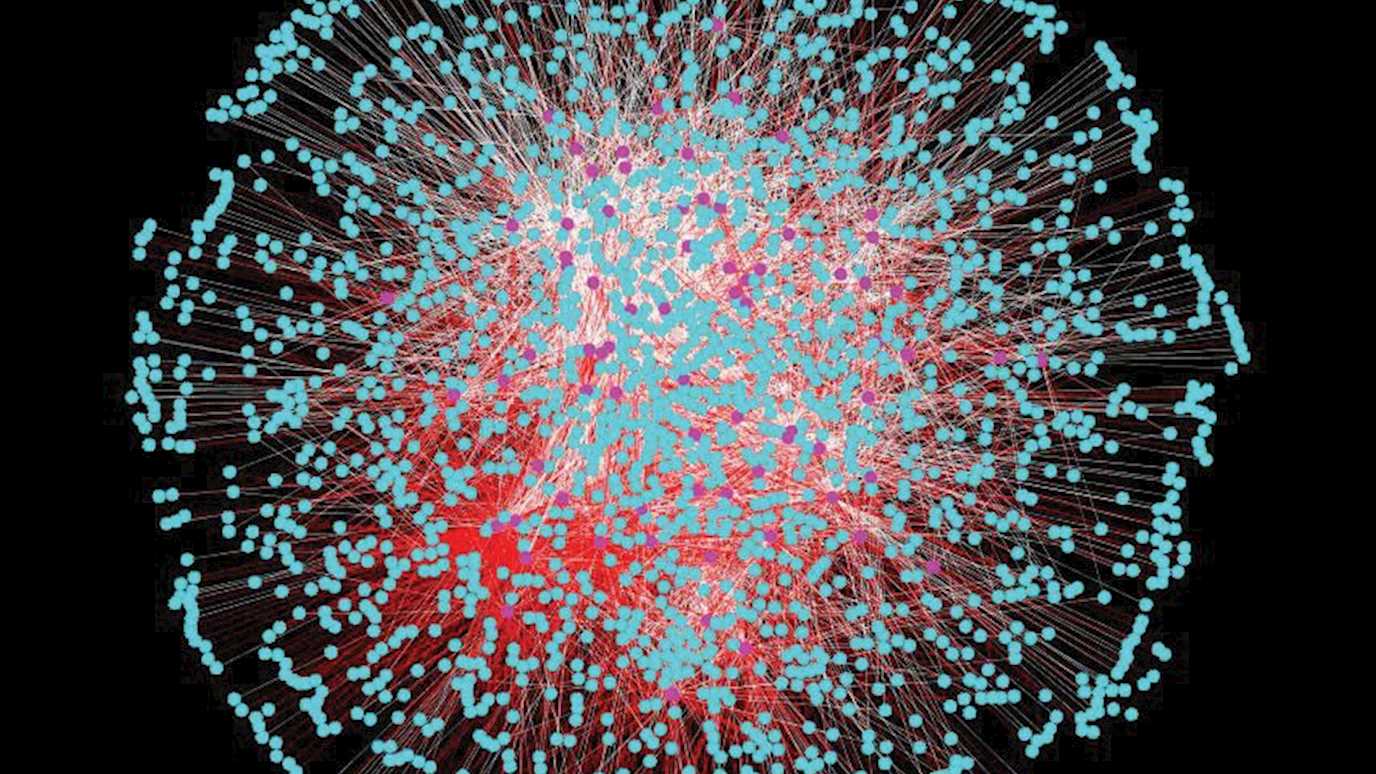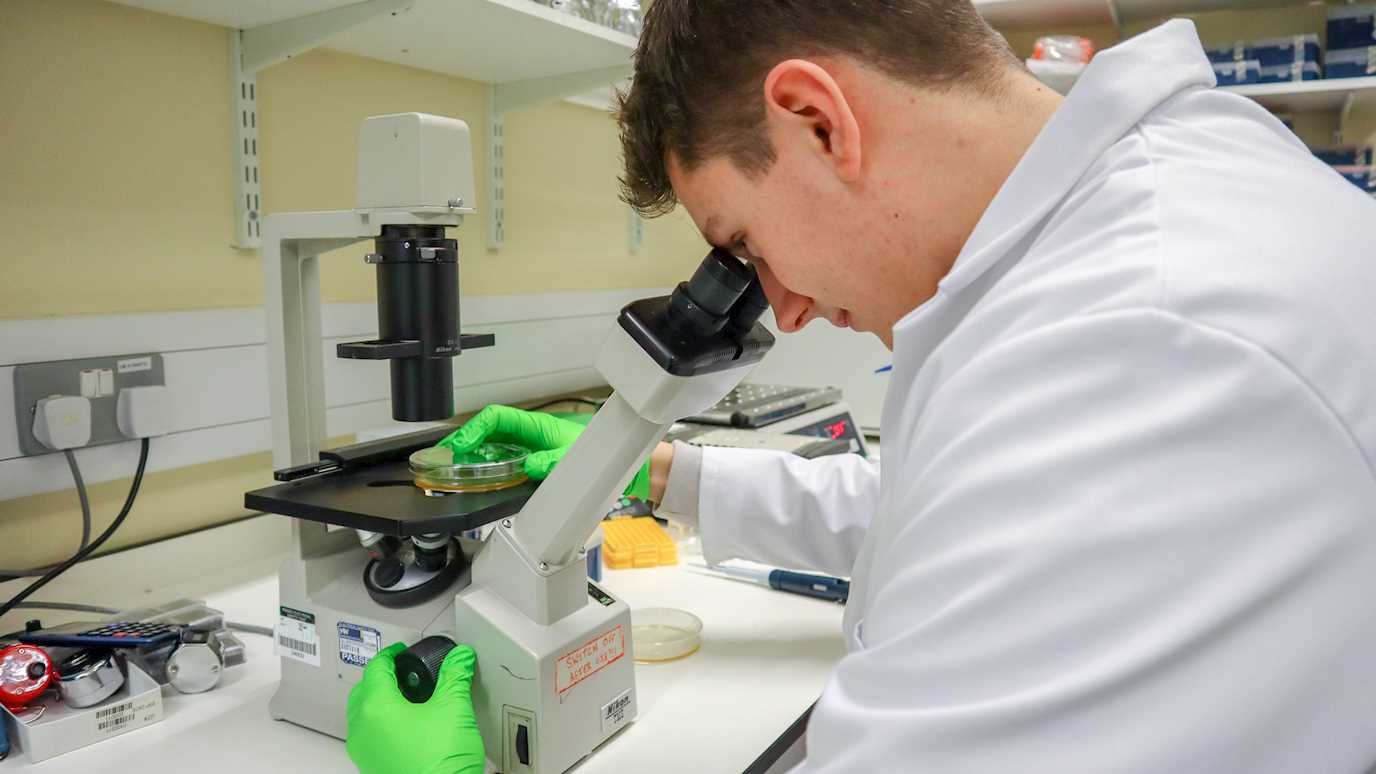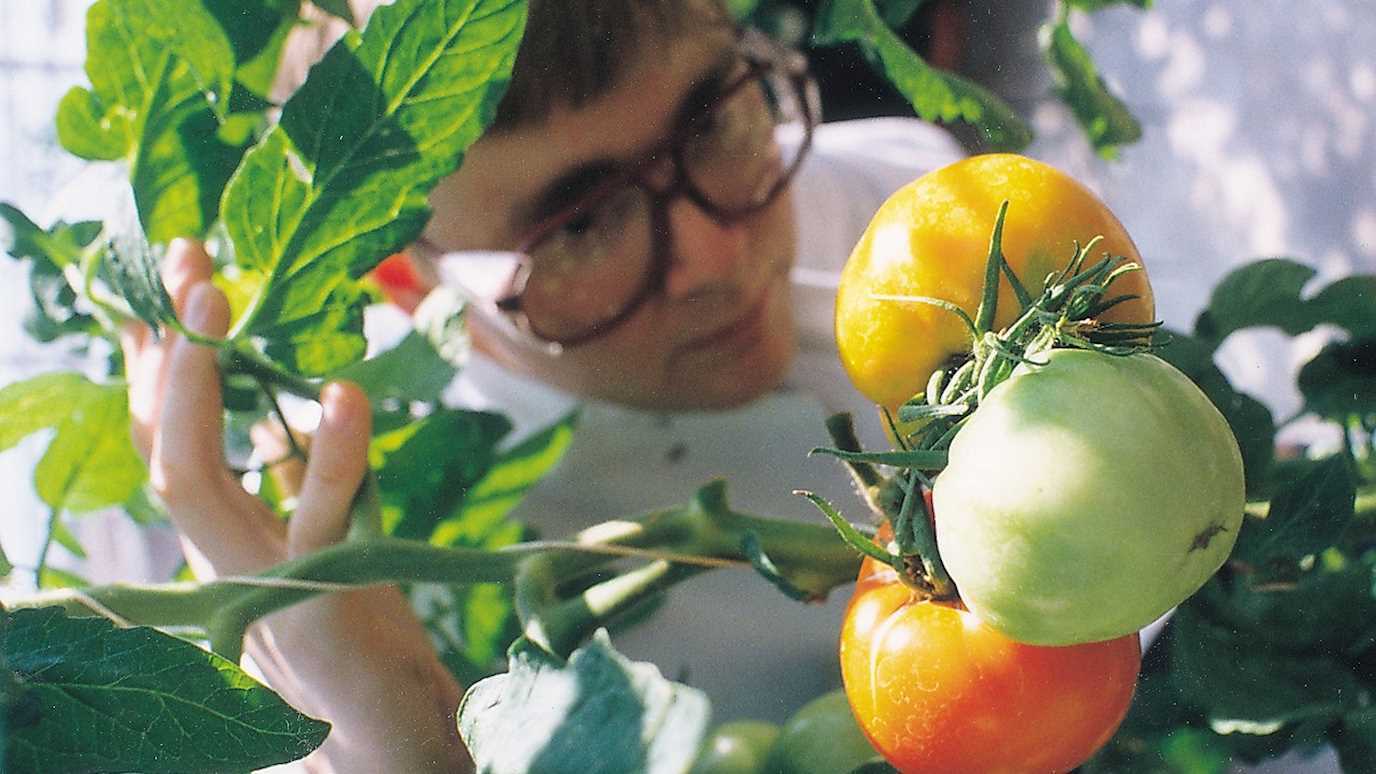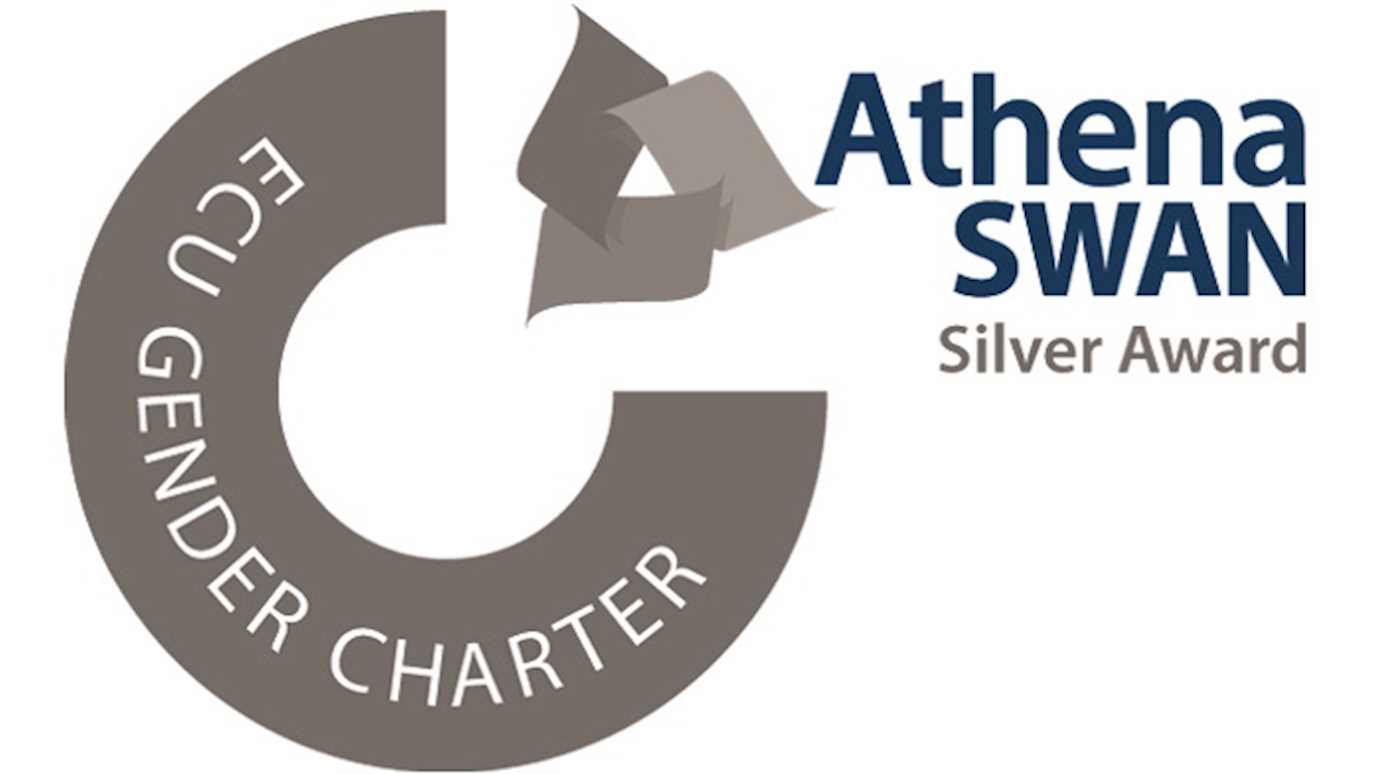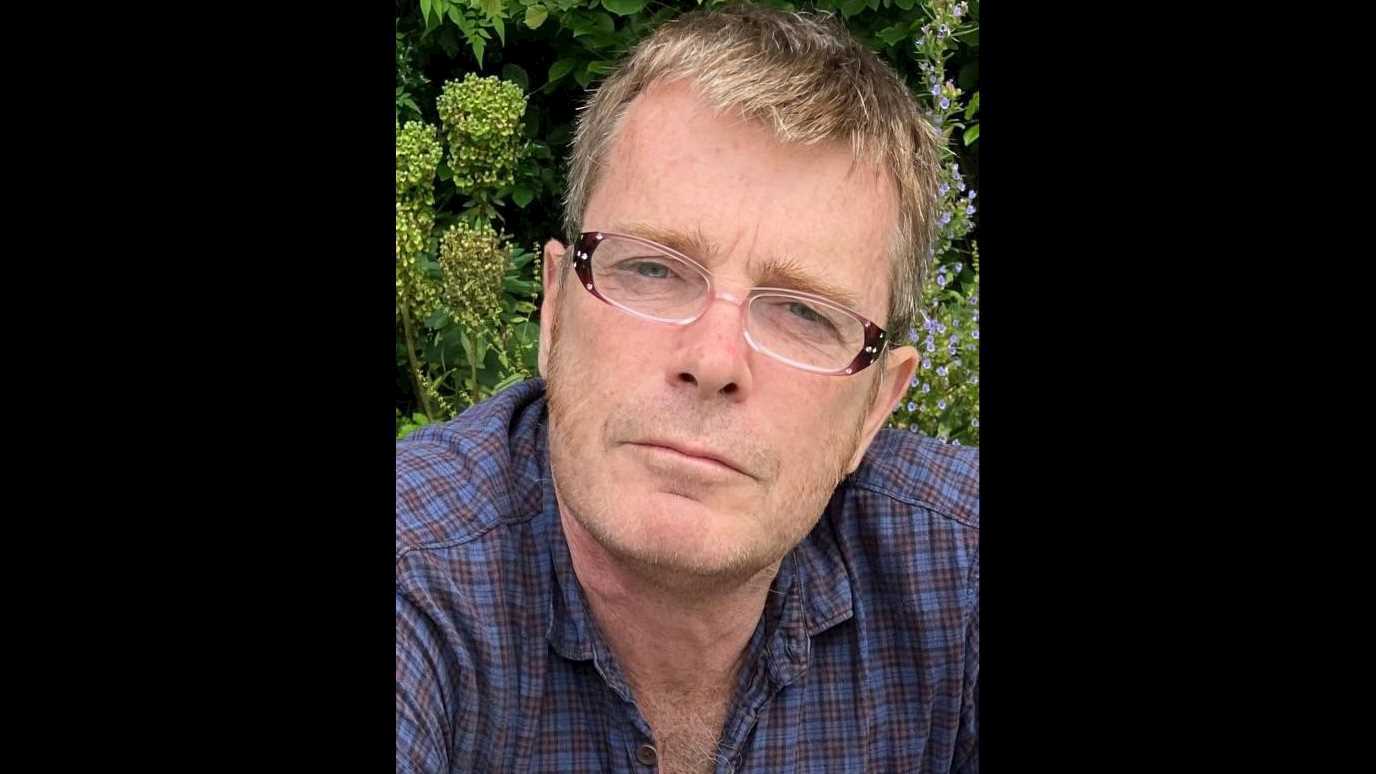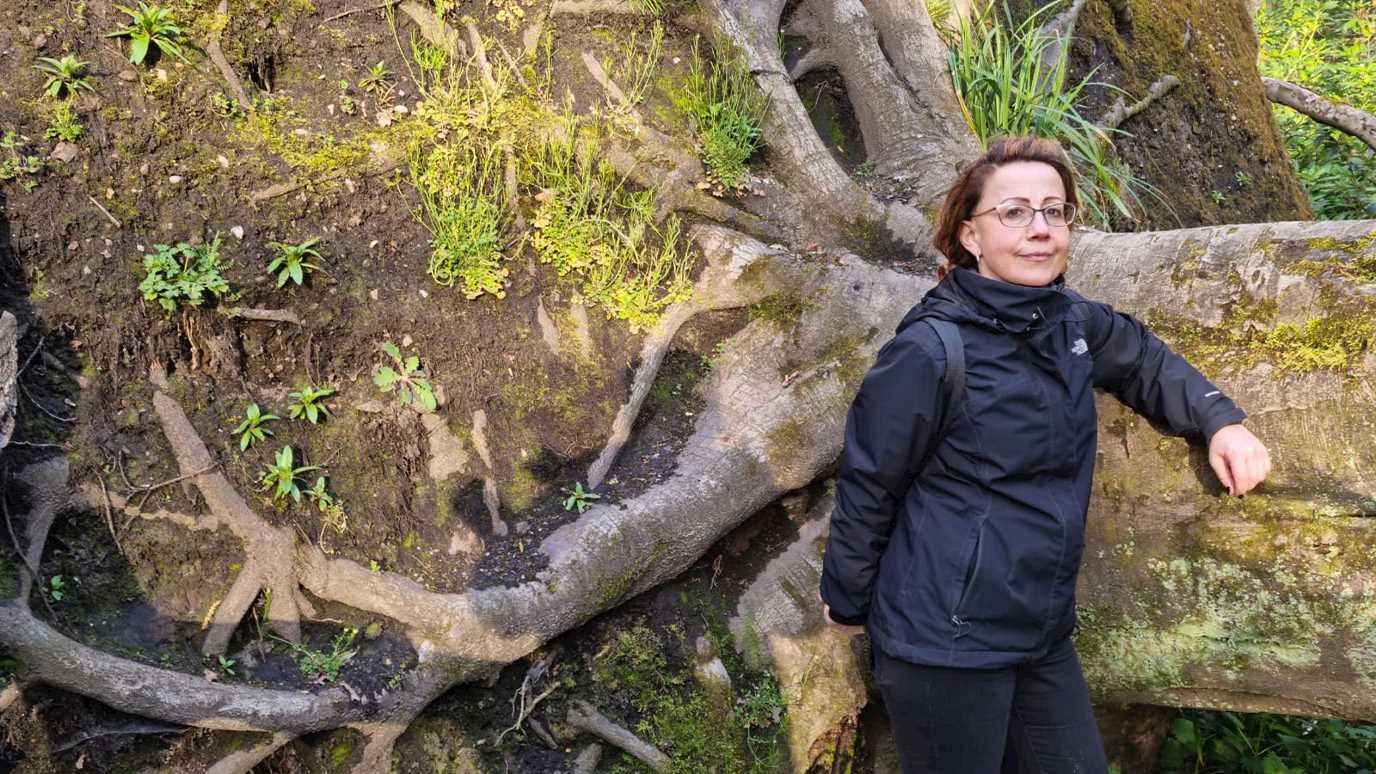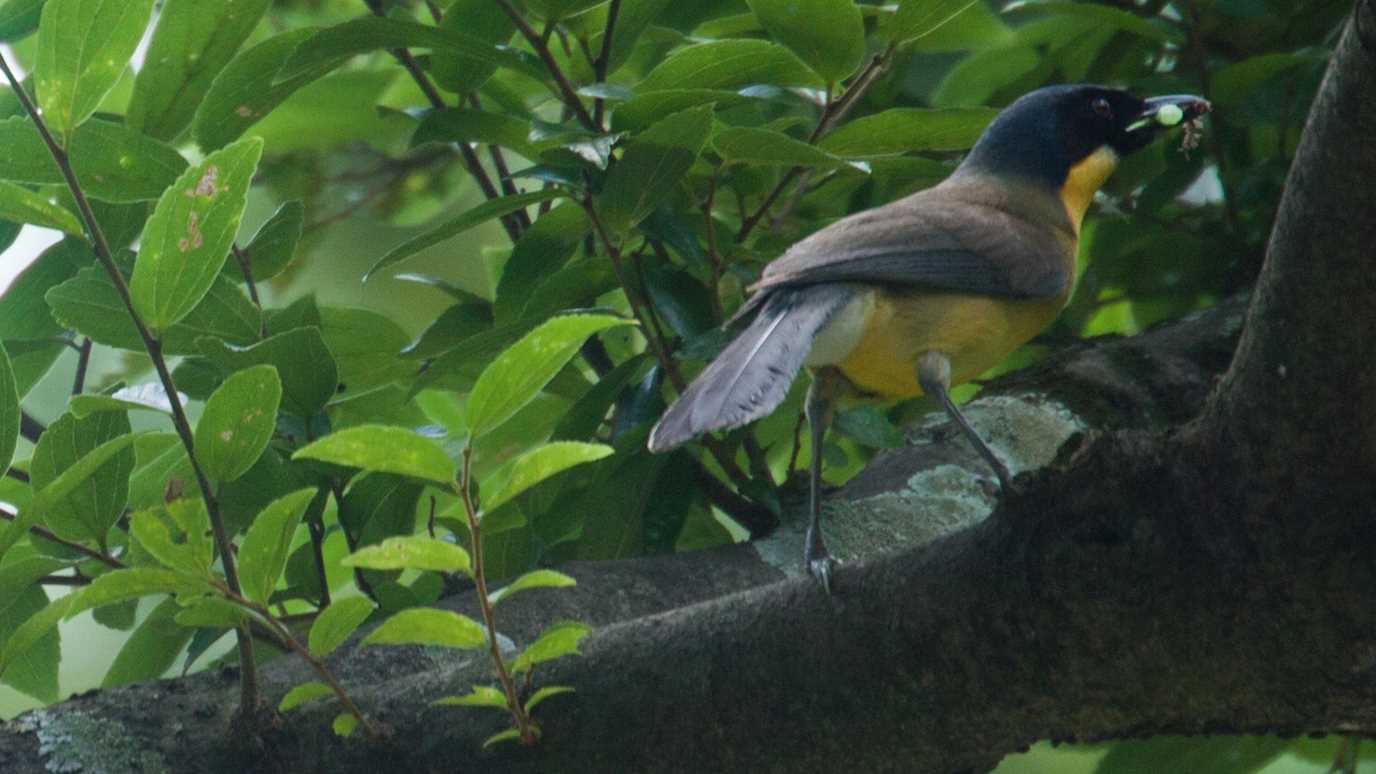Scientists at Royal Holloway, University of London, have studied more than 200 million Twitter messages to try and unravel the mystery of how language evolves and spreads.

The aim of the research was to consider if the spread of language is similar to how genes pass from person-to-person. The team investigated whether language transmission, when people have a conversation, happens in a similar way to when genes are transmitted from a parent to a child.
The work of Dr John Bryden, Dr Shaun Wright and Professor Vincent Jansen from the School of Biological Sciences at Royal Holloway has been published in the Journal of the Royal Society Interface.
Dr Bryden said that it is known that people imitate or mirror language used by the people they talk to, but that this may only occur in those conversations. The team wanted to examine how lasting changes took place where individuals adopt words from conversations with one person and use them in conversations with entirely different people.
The study assumed that beyond a person’s own vocabulary we all have an additional internal language system which influences which words we choose and how often we use them. The study selected 1,000 words and monitored how their usage changed as a result of appearances in the online conversations.
Professor Jansen said: “We looked at 200 million online conversations to investigate how language passes between people. We find that frequency of word usage is inherited over conversations, not just the binary presence or absence of a word in a person's lexicon. We measure that for one word in around every hundred a person encounters, they will use that word more often. Since more frequent words are encountered more often, this means that it is the frequencies of words which are copied. This copying mechanism, and its measurement, can be used to study language patterns and evolution within populations.”
He added: “There are no known genes for words, or other specific language features, yet languages change in a way that is very reminiscent of biological evolution. These similarities with biological evolution suggest that within language evolution there is an analogous unit to the gene, even if we do not know what this unit is. Here we shed some light on the nature of this unit by showing how word frequencies can be stored and passed on.”
Dr Bryden said: "It's fascinating to observe and measure language being adopted from one person to another. When you scale this process up to the languages of whole populations, this could give us important insights into how historical events shape our language."
The impact of the study is to help understand how languages change over time within populations and the impact this can have on dialects.










